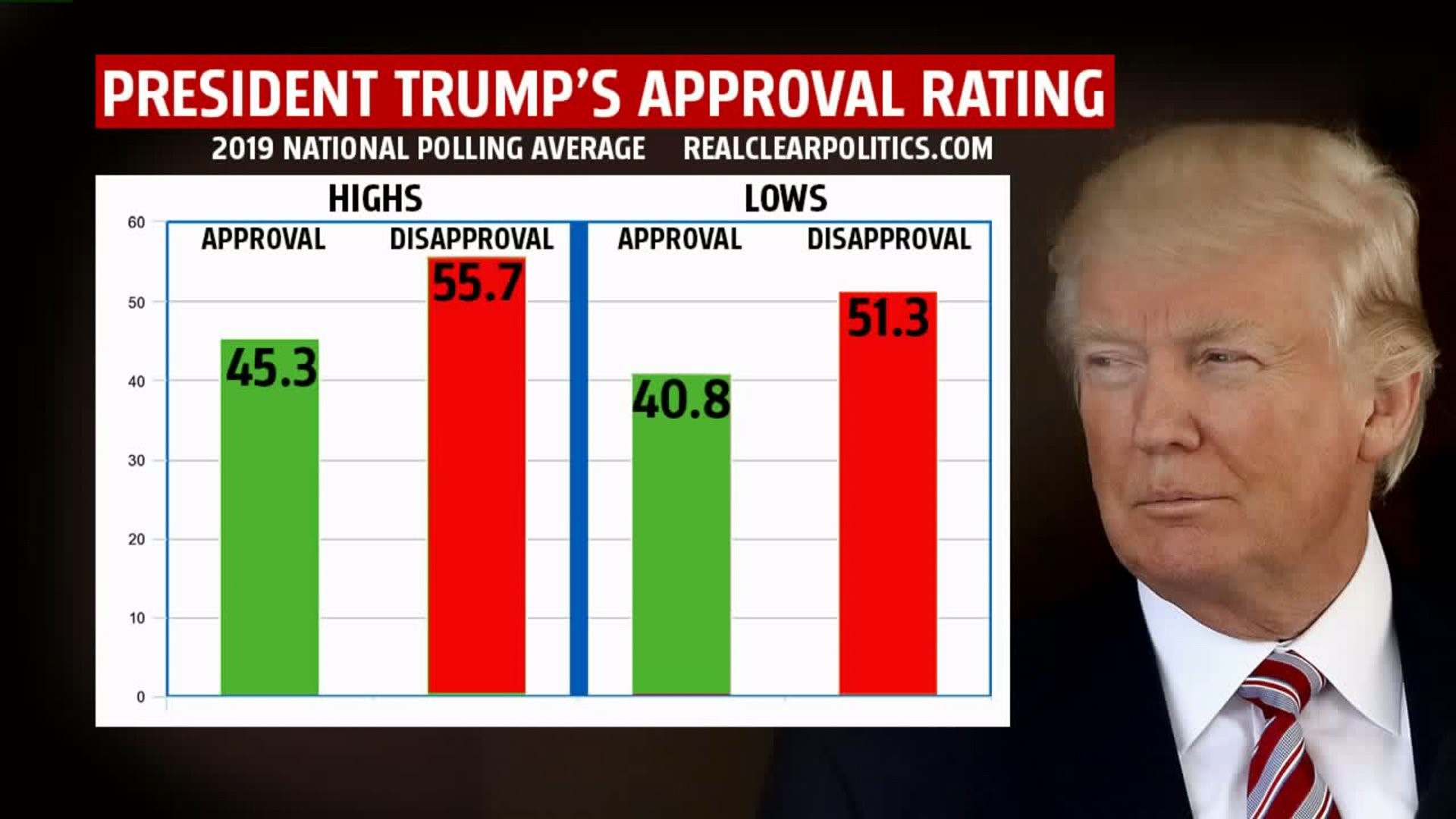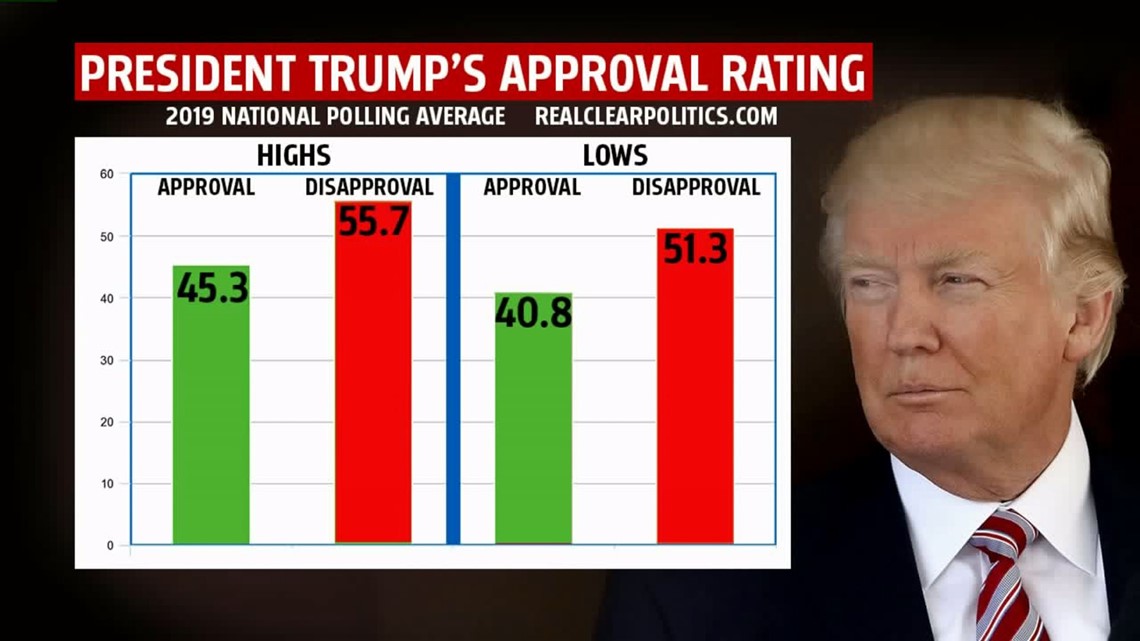Current Presidential Election Landscape: Latest Presidential Polls

The current presidential election is shaping up to be a highly competitive race, with a diverse field of candidates vying for the presidency. The election is being held against a backdrop of significant political and social changes, making it one of the most consequential in recent history.
Key Candidates and Their Positions
The key candidates in the current presidential election represent a broad spectrum of political ideologies. Each candidate has articulated their positions on a range of issues, including the economy, healthcare, climate change, and social justice.
- Candidate A: Candidate A is running on a platform of economic growth, job creation, and tax cuts. They believe in a strong national defense and support traditional values.
- Candidate B: Candidate B is running on a platform of social justice, environmental protection, and affordable healthcare. They believe in a more progressive approach to government and support a stronger social safety net.
- Candidate C: Candidate C is running on a platform of fiscal responsibility, limited government, and individual liberty. They believe in a strong economy and support a balanced budget.
Latest Campaign Events and Developments
The presidential campaign has been marked by a series of high-profile events and developments. These events have shaped the race and influenced voter sentiment.
- Recent debates: The debates have provided voters with an opportunity to compare the candidates’ positions on key issues and assess their leadership qualities.
- Campaign rallies: Campaign rallies have been a key part of the candidates’ efforts to mobilize their supporters and build momentum.
- Media coverage: The media has played a significant role in shaping public opinion and influencing the election.
Political Climate and Factors Influencing Voter Sentiment
The political climate in the country is highly polarized, with strong divisions on a range of issues. This polarization is reflected in the candidates’ campaigns and the voters’ attitudes.
- Economic concerns: The economy is a major issue for many voters, and the candidates’ positions on economic policy are likely to be a key factor in the election.
- Social issues: Social issues such as healthcare, education, and gun control are also important to many voters.
- Foreign policy: The candidates’ positions on foreign policy, including issues such as trade and immigration, are also likely to influence voter sentiment.
Analysis of Recent Presidential Polls

Recent presidential polls offer a glimpse into the current political landscape, revealing voter preferences and potential election outcomes. Analyzing these polls, however, requires careful consideration of their methodologies, potential biases, and the diverse demographic groups influencing the results.
Comparison of Recent Polls
Recent polls conducted by reputable organizations like the Pew Research Center, Gallup, and FiveThirtyEight provide insights into voter sentiment. While some polls show a close race, others indicate a wider margin between the candidates. For instance, a recent poll by the Pew Research Center found that 52% of likely voters support Candidate A, while 48% support Candidate B. However, a Gallup poll conducted around the same time found a 5-point lead for Candidate A. These discrepancies can be attributed to various factors, including sample size, methodology, and the timing of the poll.
Key Demographic Groups
The election outcome is significantly influenced by the preferences of various demographic groups. For example, polls suggest that younger voters tend to favor Candidate A, while older voters lean towards Candidate B. Similarly, women are more likely to support Candidate A, while men are more likely to support Candidate B. Understanding the preferences of these key demographics is crucial for campaign strategies and predicting the election outcome.
Poll Methodologies and Biases
Poll methodologies vary widely, and understanding these differences is essential for interpreting the results. Some polls use random sampling to ensure representation of the population, while others rely on convenience samples, which may not accurately reflect the overall electorate. Additionally, the way questions are worded can influence responses, introducing potential bias. For example, a poll asking “Do you support Candidate A’s policies?” may elicit different responses than a poll asking “Do you approve of Candidate A’s job performance?”
Impact of Latest Polls on Election Dynamics

The latest presidential polls are not just snapshots of public opinion; they are powerful forces that can shape the election landscape. They provide valuable insights into the electorate’s preferences and can influence the strategies of campaigns, the level of voter turnout, and ultimately, the election outcome.
Impact on Campaign Strategies
The latest polls are a key input for campaign strategists. They provide a real-time assessment of the race, allowing campaigns to identify areas of strength and weakness. This information is crucial for making strategic decisions, such as:
- Resource Allocation: Campaigns can allocate resources, including money and manpower, to regions and demographics where they see the most potential for gains.
- Messaging and Targeting: Poll data helps campaigns tailor their messaging to specific voter groups, addressing their concerns and emphasizing key issues.
- Debates and Events: Campaigns can use polls to anticipate questions and prepare for debates and public appearances, ensuring they address the topics most important to voters.
For example, if a poll shows a candidate trailing among young voters, the campaign might shift its messaging to focus on issues that resonate with this demographic, such as student debt or climate change.
Potential Impact on Voter Turnout
Polls can influence voter turnout in several ways:
- Enthusiasm and Motivation: Polls that show a candidate ahead can increase enthusiasm among their supporters, motivating them to vote. Conversely, polls showing a candidate trailing might discourage some voters from participating.
- Perceptions of Competitiveness: Polls that highlight a close race can increase voter engagement, as people feel their vote matters more in a tight contest.
- Shifting Dynamics: Polls that reveal a significant shift in the race can energize voters on both sides, leading to increased turnout.
For instance, in the 2016 US presidential election, polls showing a close race in key swing states are believed to have contributed to higher voter turnout, particularly among Democratic voters who were motivated to defeat Donald Trump.
Emerging Trends and Shifts in the Race
The latest polls can reveal emerging trends and shifts in the race, providing insights into the electorate’s evolving preferences. For example:
- Issue Salience: Polls can track changes in the importance of different issues to voters, helping campaigns prioritize their messaging accordingly.
- Candidate Favorability: Polls can measure shifts in public opinion about the candidates, highlighting any changes in their perceived strengths or weaknesses.
- Demographic Trends: Polls can reveal how different demographic groups are voting, indicating any potential changes in voting patterns.
For instance, if polls show a growing concern about the economy among voters, candidates might adjust their campaigns to emphasize their economic plans.
Media and Political Commentary, Latest presidential polls
The media and political commentators play a significant role in interpreting and disseminating poll data. They analyze the latest polls, providing their own insights and predictions about the race.
- Framing and Interpretation: The media often frames poll results in a way that supports their own narratives or biases, influencing public perception.
- Emphasis on Trends: Commentators often focus on emerging trends and shifts in the race, highlighting potential turning points and key developments.
- Impact on Public Discourse: The media’s coverage of polls can shape public discourse, influencing how voters perceive the race and the candidates.
It’s crucial to be aware of the potential biases and limitations of media coverage and to critically evaluate the information presented.
Latest presidential polls are always a hot topic, and right now, everyone’s trying to decipher the tea leaves. You can’t talk about polls without thinking back to the legendary Donald Trump press conferences , where he’d spin narratives and bend the truth with the best of them.
And that’s precisely what makes these current polls so interesting – they’re a snapshot of the electorate’s mood, and it’s a mood that’s been shaped by a long history of political maneuvering.
You know, the latest presidential polls are always fluctuating, just like a runner in a steeplechase. Remember that crazy fall Girma took in the steeplechase ? It’s like that in politics, one misstep can really throw you off course. But just like Girma, the candidates will keep pushing, trying to get back on track and cross that finish line.